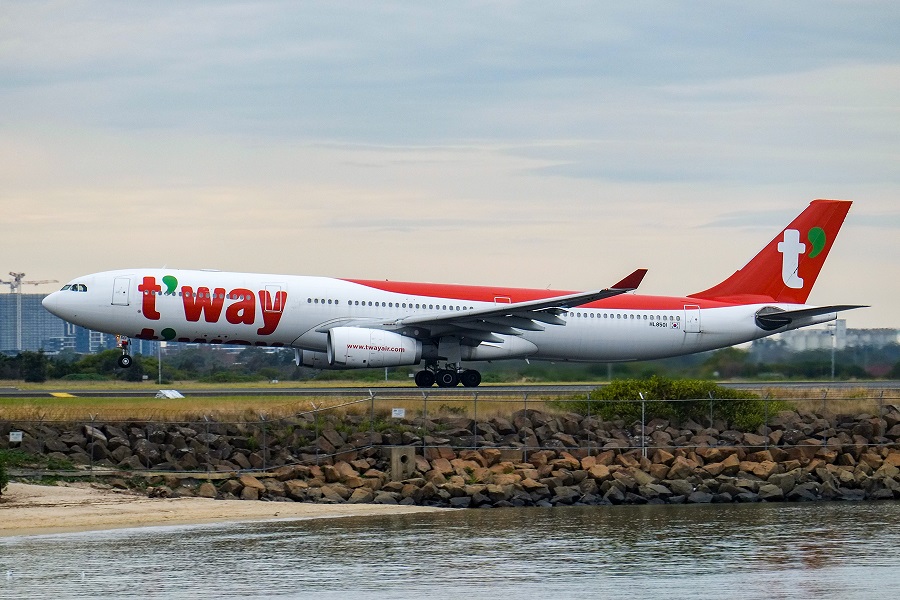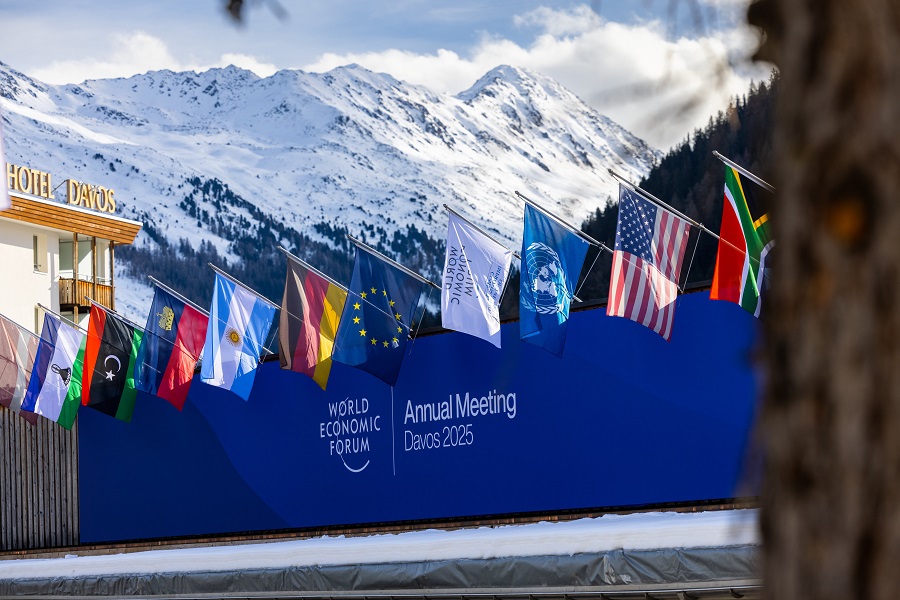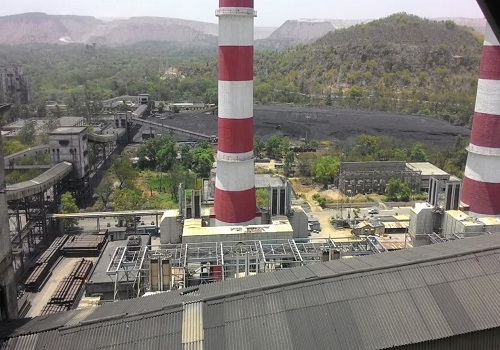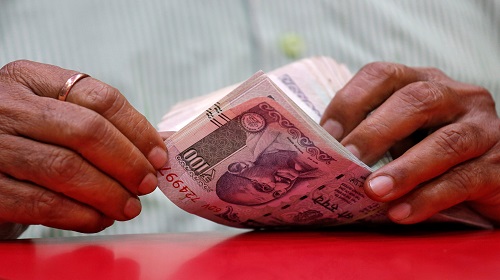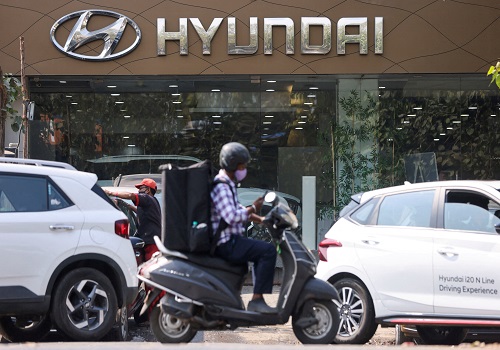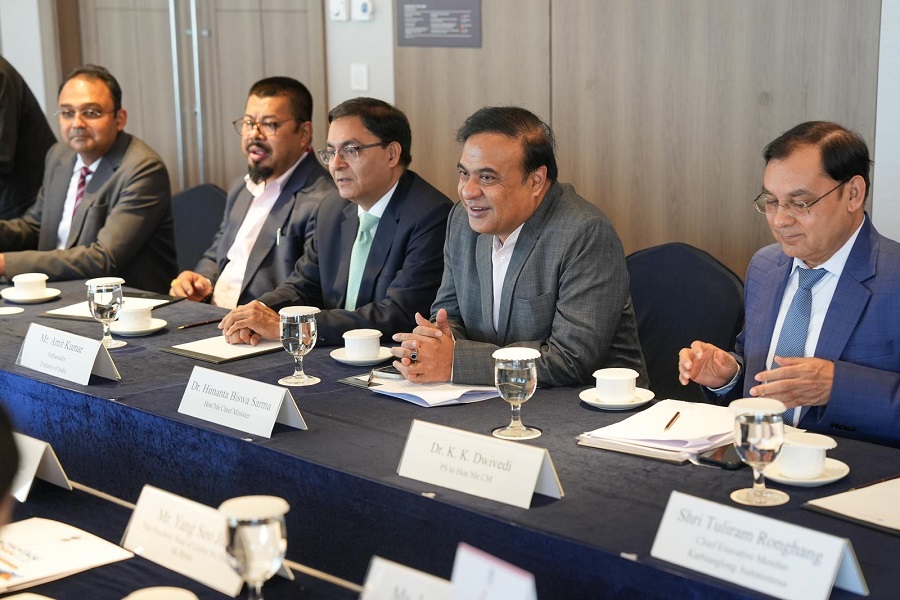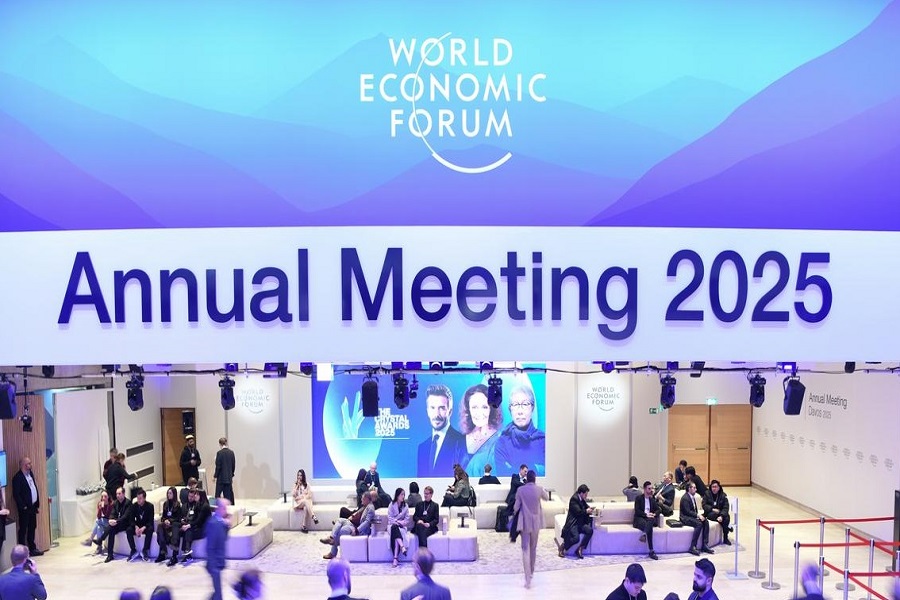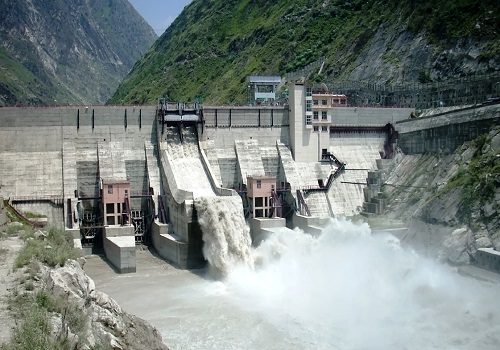Maritime India Vision 2030 drives ambitious plan to transform ports
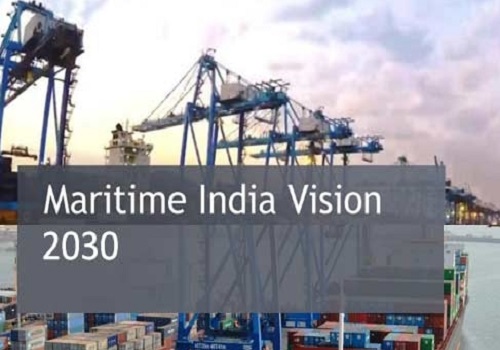
The country’s major ports are continuing to significantly improve their key operational performance parameters during the current financial year as they have handled higher cargo volumes with faster loading and unloading operations to enable ships to return more quickly as compared to the previous year.
India has now risen to the 22nd rank in the International Shipment category in the World Bank's Logistics Performance Index (LPI) Report from the 44th position in 2014.
The efficiency is reflected in the fact that the "Turn Around Time" at Indian ports has reached 0.9 days which is better than the US (1.5 days), Australia (1.7 days) and Singapore (1.0 days), according to official figures.
Digital services such as the Sagar-Setu mobile app have helped to improve the Ease of Doing Business further. It facilitates real-time port operations and monitoring and provides handled services to the port fraternity for accessing vessel, cargo, container, finance, and regulatory authority data and services, thereby improving the customer experience.
India's maritime sector is set to transform with a comprehensive roadmap launched during the Global Maritime India Summit, involving an investment of Rs 80,000 lakh crores.
The Amrit Kaal Vision 2047, formulated by the Ministry of Ports, Shipping & Waterways, builds on the Maritime India Vision 2030 and aims to develop world class ports and promote inland water transport, coastal shipping, and a sustainable maritime sector.
The vision unveiled by Prime Minister Narendra Modi recently at the Global Maritime India Summit (GMIS), 2023 encompasses aspirations in Logistics, Infrastructure, and Shipping, supporting India's 'Blue Economy'.
The vision, shaped through wide consultations with various stakeholders and the analysis of 50 international benchmarks outlines more than 300 actionable initiatives for enhancing ports, shipping and waterways by 2047.
Minister of Ports and Shipping Sarbananda Sonowal has announced the drawing up of a comprehensive plan to achieve a 10,000 MTPA port capacity by 2047.
The global summit witnessed the signing of 360 MoUs worth Rs 8.35 lakh crore, and additional investible projects worth Rs 1.68 lakh crore were announced.
PM Modi also laid the foundation stone for eleven projects, totalling Rs 14,440 crore, and eleven projects valued at Rs 8,924 crore were dedicated to the Nation.
“Over the past 9 years, our efforts have transformed the maritime sector, with a remarkable 4.2 billion US dollars in Foreign Direct Investments, driving progress in this vital industry. India's ports now lead globally, boasting a mere 0.9-day turnaround time, outperforming even international hubs like Singapore and Dubai,” according to Finance Minister Nirmala Sitharaman.
The Shipping and Ports Ministry has also launched ‘Harit Sagar’ the Green Port Guidelines to meet the larger vision of achieving the zero carbon emission goal. Four major ports, namely, Deendayal Port (Kandla), Visakhapatnam Port, New Mangalore Port and VOC Port (Tuticorin) are already generating renewable energy more than their demand.
The Shipping Ministry’s focus on sustainable development with green ports and shipping, is tracking Norway and other leading maritime nations which are defining best practises and setting standards that the rest of the world should follow.
India plans to develop carbon neutrality among other globally trending areas on reduction of GHG emissions with the use of green fuels, electrified/renewable energy-based yard equipment and vehicles.



